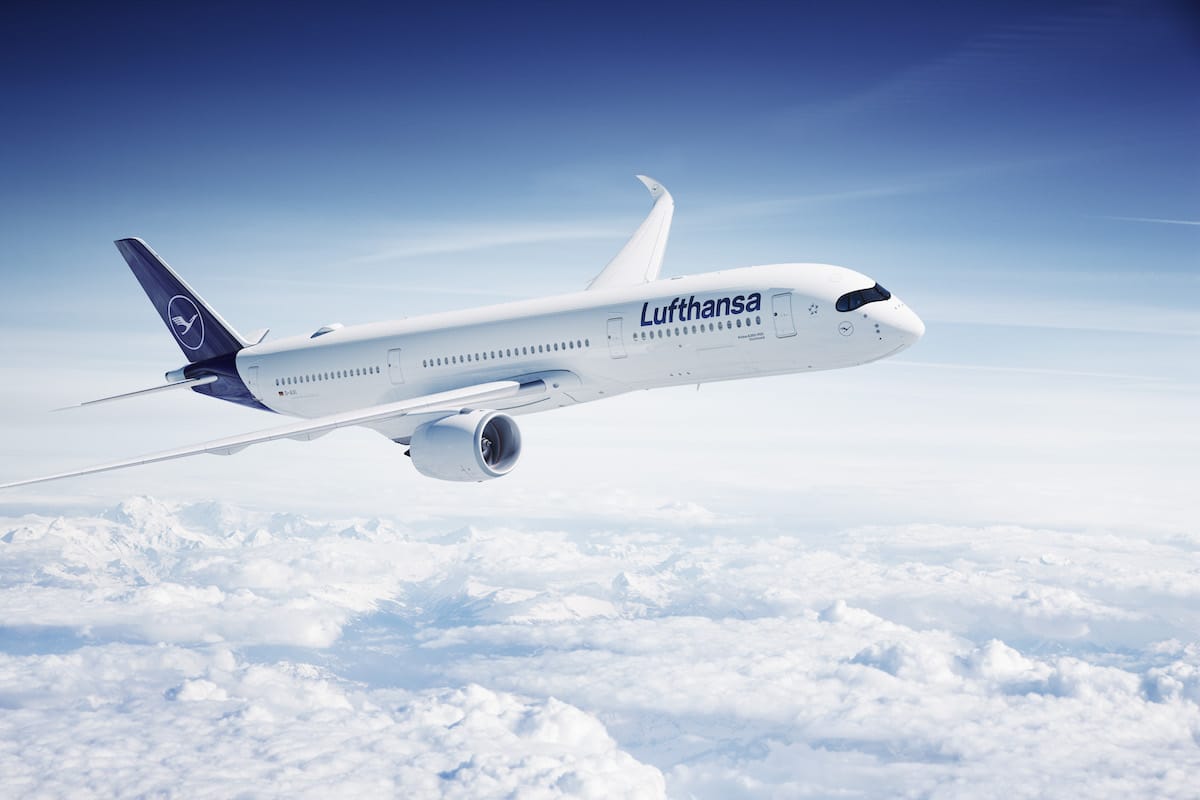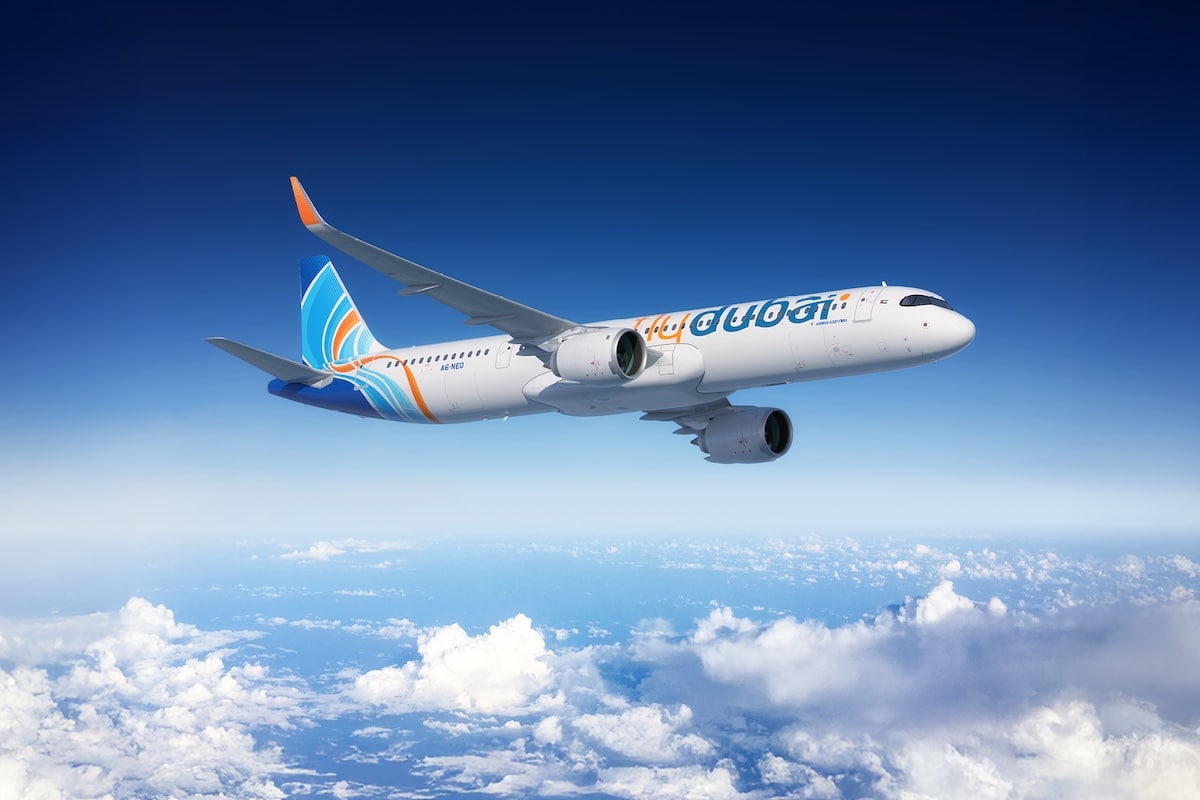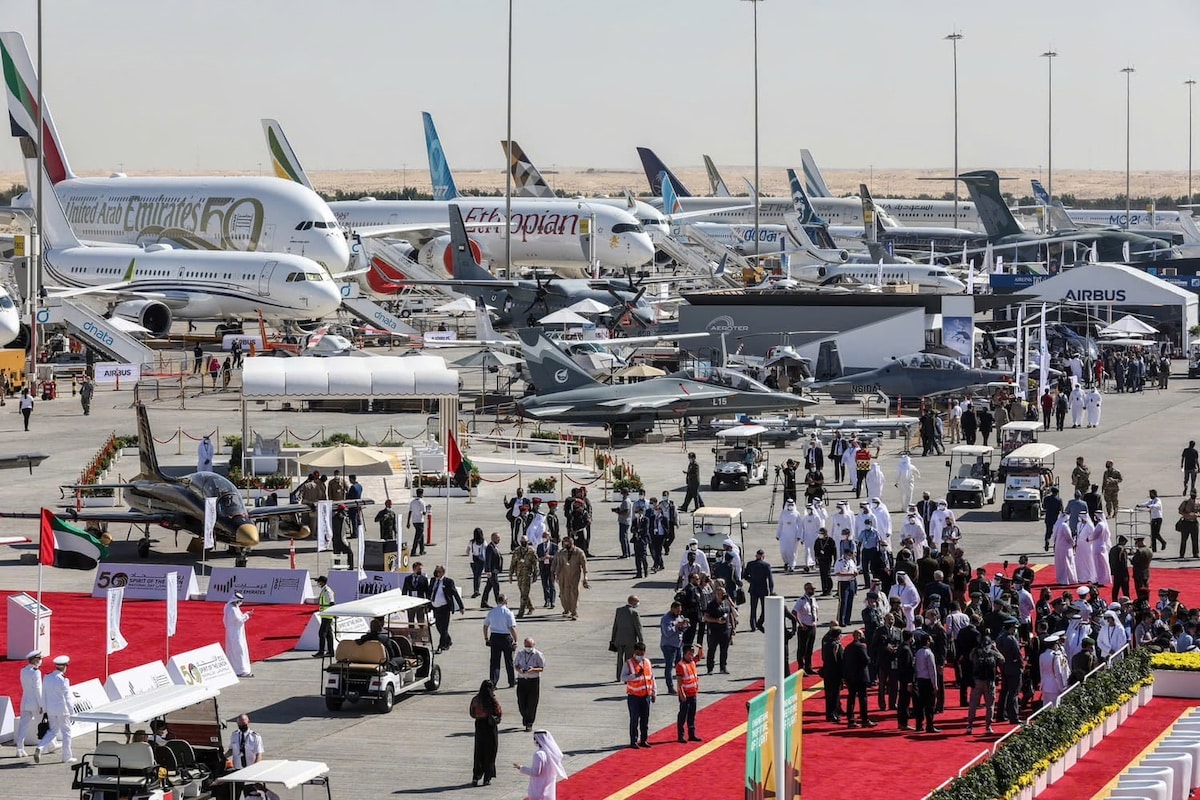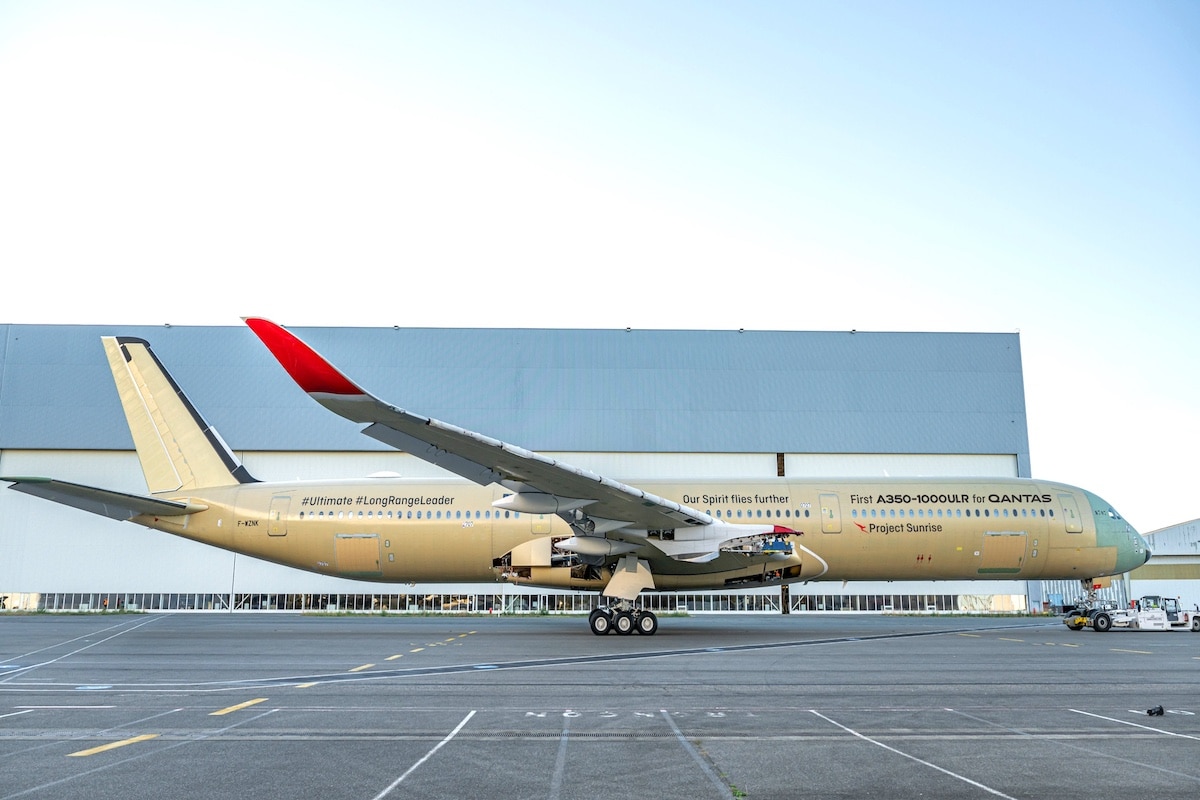Airbus completes its first flight with revolutionary fuel

The commercial aviation sector is embarking on a vast decarbonization program, and new fuels are key.
The post-Covid era led many to believe that the inhabitants of the planet would change their way of life in light of their vulnerability and the tiny speck of dust they continuously travel through in the universe. Wrong. Never before in the history of commercial aviation have there been so many flights and billions of passengers as seen at the beginning of 2024.
Aviation manufacturers must, to remain “acceptable,” accelerate their energy transition towards greener… or let’s say less black solutions. Electric planes, powered by batteries or hydrogen, are on the horizon, but the certification protocols are long and costly in aviation (and that’s a good thing). Thus, so-called “sustainable” fuels are the immediate solution.
Until now, a mix of 10 to 20% has been included in the kerosene to reduce its toxicity. Airbus is now going further and has conducted the world’s first flight of an aircraft powered 100% by sustainable aviation fuel (SAF). With “significant reductions in non-CO2 emissions.”

Just smoke and mirrors?
“In-flight measurements of an A350 aircraft using 100% sustainable aviation fuel (SAF) show a significant reduction in soot particle emissions and ice crystal formation in contrails compared to conventional aviation fuel. Global simulations estimate a 26% reduction in the climate impact of contrails using 100% SAF“, communicates Airbus.
The ECLIF3 study, which involved Airbus, Rolls-Royce, the German Aerospace Center (DLR), and the SAF producer Neste, is the first to measure the impact of using 100% SAF on emissions from the two engines of an Airbus A350 equipped with Rolls-Royce Trent XWB engines, followed by a DLR observation aircraft.
Compared to the reference fuel Jet A-1, the number of ice crystals in the contrails per mass of unblended SAF consumed was reduced by 56%, which could significantly reduce the climate warming effect of the contrails.
Global climate model simulations carried out by the DLR were used to estimate the change in the energy balance of the Earth’s atmosphere – also known as radiative forcing – from contrails. The impact of contrails was estimated to be reduced by at least 26% with the use of 100% SAF, in addition to reducing CO2 emissions over the life cycle of the SAF.
“SAF is widely recognized as a crucial solution to mitigate the climate impact of the aviation sector, both in the short and long term. The results of the ECLIF3 study confirm a significantly lower climate impact when using 100% SAF due to the absence of aromatics in the Neste SAF used, and provide additional scientific data to support the use of SAF at higher concentrations than the 50% currently approved“, said Alexander Kueper, vice president of Renewable Aviation Business at Neste.
Alan Newby, director of research and technology at Rolls-Royce, added: “The use of SAF at high blend ratios will be a key part of the aviation pathway to net zero CO2. Not only have these tests shown that our Trent XWB-84 engine can operate on 100% SAF, but the results also demonstrate how additional value can be unlocked from SAF by reducing non-CO2 climate effects.”
Two hurdles remain that are not easy to overcome: the ability to produce billions of liters of SAF in the short term, and the incredibly high price of this fuel which will be reflected in ticket prices. But that’s already less significant if it benefits rail transport…
READ ALSO: Airbus presents CityAirbus, its first urban air taxi
This page is translated from the original post "Airbus réalise son premier vol avec un carburant révolutionnaire" in French.
We also suggestthese articles:
Also read






